
[ad_1]
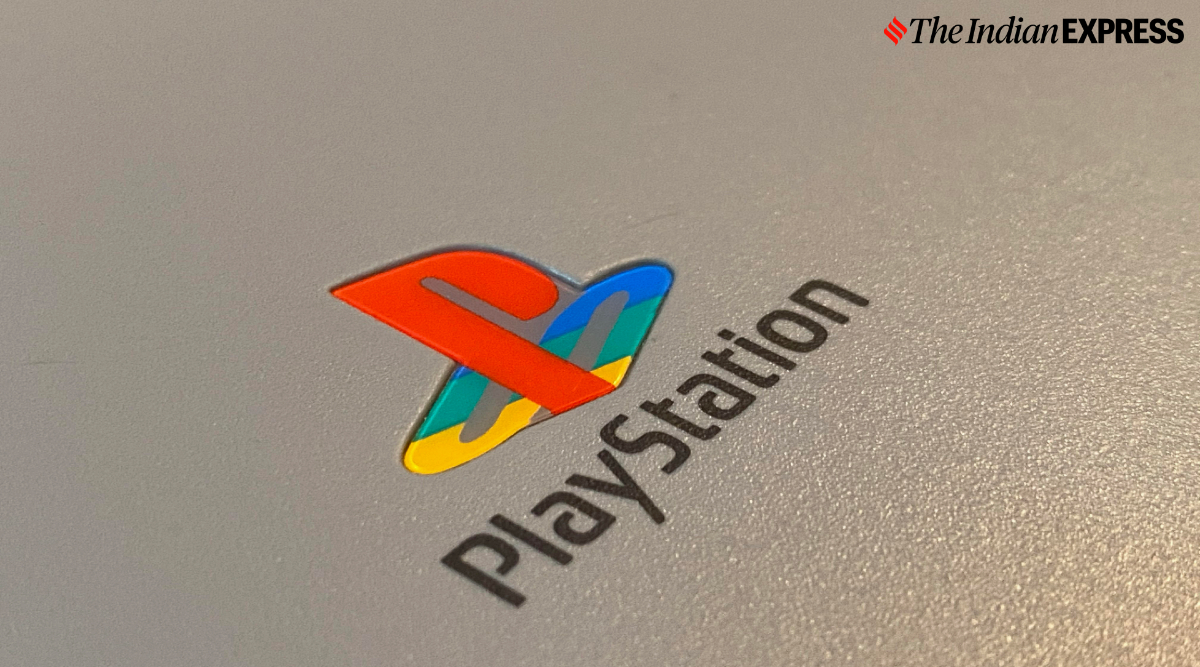 25 years ago, Sony launched the first PlayStation. (Image credit: Anuj Bhatia/Indian Express)
25 years ago, Sony launched the first PlayStation. (Image credit: Anuj Bhatia/Indian Express)
In the 90s, before the internet and Netflix, we had the Sony PlayStation, a game console that found its way into popular culture and became the symbol of cool. Over the past 25 years, the PlayStation brand has had a lasting impact on the video game market. The launch of PlayStation 2 and subsequent consoles established PlayStation as the indisputable king of the gaming market.
PlayStation has a long history, which includes many popular home consoles, handheld devices, classic games, and peripherals. With Sony set to release the PlayStation 5 in the coming months, we will take a walk down memory lane where we will highlight the evolution of PlayStation hardware and how it has changed over the past 25 years.
PlayStation (1994)
Launched in Japan in early December 1994 and one year later in North America and Europe for $299, the original PlayStation changed the way we play video games. The console brought real-time 3D graphics, faster processor, engaging games, and it even popularised the CD format. The PlayStation also gave many memorable games such as Gran Turismo, Final Fantasy VII, Tomb Raider 2, and Silent Hill. All of these games have now turned into hit franchises. The overnight success of PlayStation put Sony up against the two market leaders – Nintendo and Sega – who were ruling the video gaming market for years. The original PlayStation went on to become the first video game console to ship more than 100 million units.

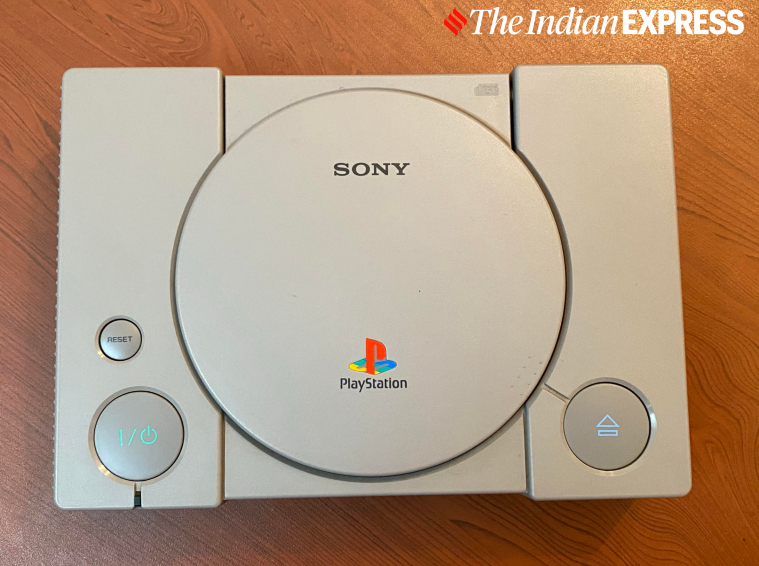 PlayStation. (Image credit: Anuj Bhatia/Indian Express)
PlayStation. (Image credit: Anuj Bhatia/Indian Express)
PocketStation (1999)
A few years later, the PocketStation was released in Japan. First shown at the 1998 Tokyo Game Show and launched in early 1999, the PocketStation was essentially a portable micro-console memory card with a built-in LCD screen. It featured a monochrome LCD screen, five face buttons and sound capability, allowing gamers to play mini-games while they were away from their systems. Games for the PocketStation were distributed alongside PlayStation games, included in the CD-ROM. The PocketStation supported multiplayer gaming as well as infrared data interface which allowed users to transfer data such as game saves between devices. In 2002, Sony discontinued the production of the peripheral.
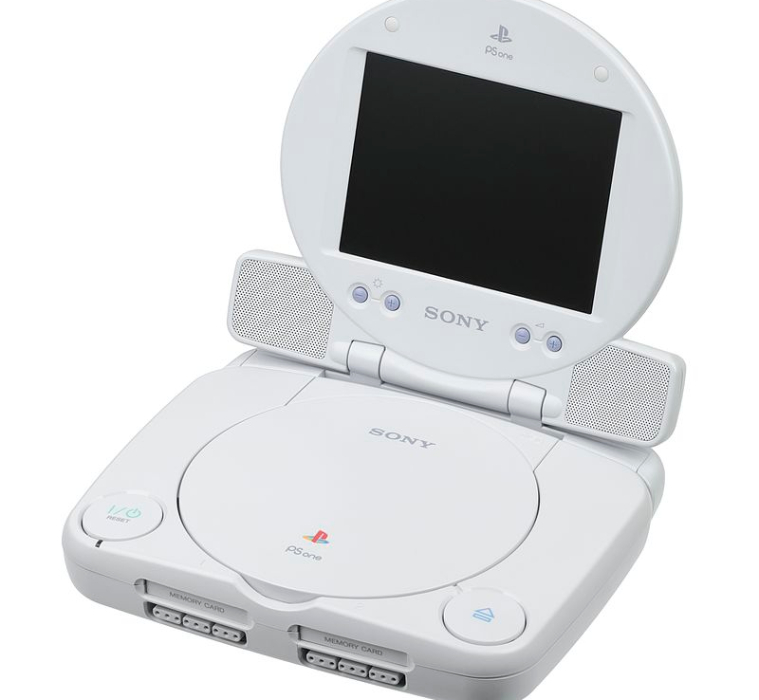 PlayStation One. (Image credit: Wikimedia Commons/Evan Amos)
PlayStation One. (Image credit: Wikimedia Commons/Evan Amos)
PlayStation One (2000)
A few months before the release of the PlayStation 2 came the PlayStation One. Not only was it less expensive than the original PlayStation but also featured a redesigned chassis with much-rounded shape. A separate 5-inch LCD screen for the PS One was released that turned the console into a portable gaming machine. The PS One went on to sell 28 million units.
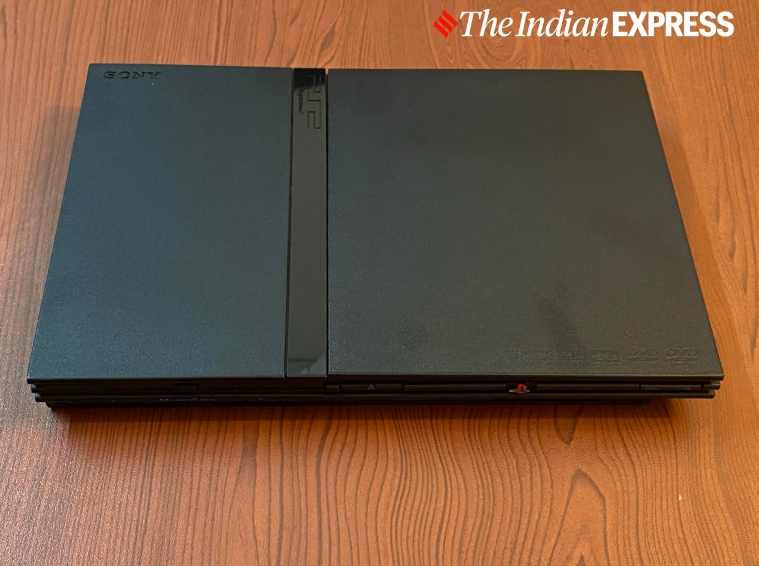 PlayStation 2 Slim. (Image credit: Anuj Bhatia/Indian Express)
PlayStation 2 Slim. (Image credit: Anuj Bhatia/Indian Express)
PlayStation 2 (2000)
The PlayStation successor, the PlayStation 2, was released for $299. The PS2 wiped the competition within a few months of its launch. The console featured a one-core processor clocked at 294.9MHz, 32MB of system RAM and 4MB of video RAM. The PS2 was also backwards compatible with most PS One games, a feature that didn’t exist at the time. Not just that, the PS2 became the first console to have a built-in DVD player and USB ports. The original PS2 console also allowed users to install an optional 40GB hard drive. The PS2 also introduced the iconic DualShock 2 controller. Two years after its launch, Sony announced a Network Adapter for the console, which allowed gamers to play certain games online such as Final Fantasy XI. The EyeToy peripheral, released in 2003, brought the concept of controller-free games. In its life span, a total of 10,000 games were released for the PlayStation 2. Notable games for the PS2 included Grand Theft Auto: San Andreas, Shadow of the Colossus, Final Fantasy X, God of War, among others. Sony managed to sell 150 million units of the PS2, which also includes the “slimline” model before the company ended production in 2013. Even to day, the PS2 remains the best-selling console of all time.
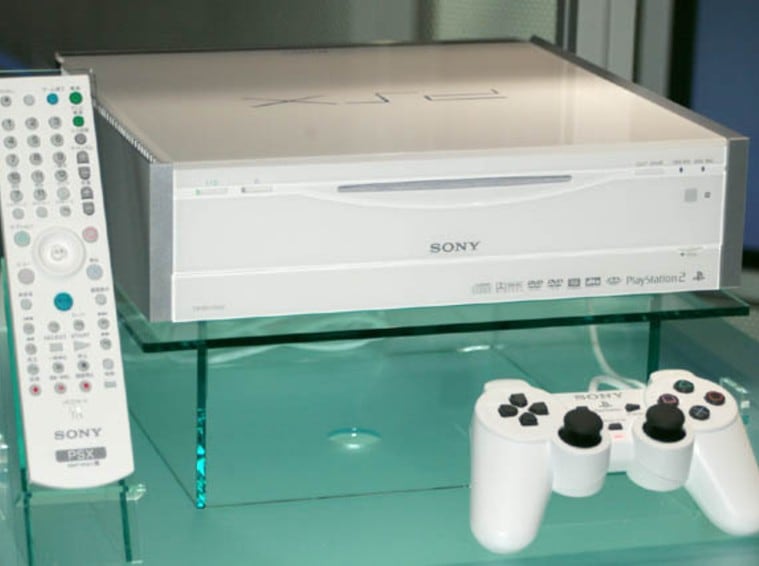 PSX. (Image credit: Wikimedia Commons/Moi)
PSX. (Image credit: Wikimedia Commons/Moi)
PSX (2003)
At a time when the PS2 was ruling the market, Sony announced the PSX in Japan. It wasn’t a new console, as many tend to believe, but a PS2 with a built-in digital video recorder. The idea behind the PSX was to broaden the appeal of the PS2 with the DVR functionality. However, the PSX turned out to be a commercial dud in Sony’s home market. While the PSX was able to play PS1 and PS2 games, the console had a high failure rate. What also went against the PSX was its design and form factor. The PSX was designed like a VCR and had no resemblance to the PS2. Despite all the odds, the PSX was an extraordinary device. By the way, the XrossMediaBar user interface you will notice on the PS3 and PSP was introduced first on the PSX. In 2005, the PSX was discontinued in Japan.
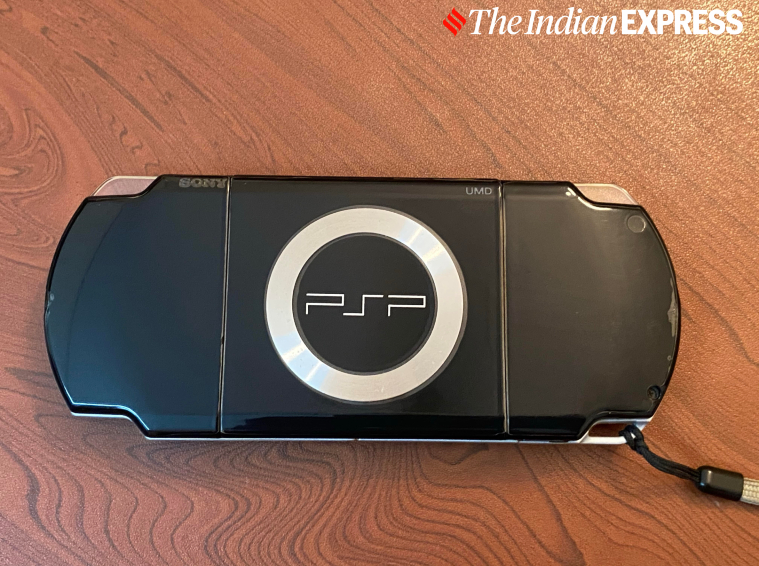 PlayStation Portable. (Image credit: Anuj Bhatia/Indian Express)
PlayStation Portable. (Image credit: Anuj Bhatia/Indian Express)
PSP (2004)
The PlayStation Portable, better known as PSP, was Sony’s entry into the handheld console space. As soon as the PSP was introduced in Japan in 2004 and a year later in the US, it was clear that Sony was serious about the portable gaming market. Despite the dominance of Nintendo in the handheld console space, the PSP, touted as the “Walkman of the 21st century,” still managed to sell a strong 82 million units. A lot of things worked in favour of the PSP but the console had a fair share of problems. It featured a 4.3-inch widescreen high-resolution screen, incredible graphics, ability to play video and listen to music, and the design that made games fun to play on the go. The PSP was ahead of the Game Boy Advance but it lost to the console, thanks to Sony’s proprietary UMD (Universal Media Disc) format and high costs of Memory Stick Duo. That said, the PSP was home to many high-profile games such as Monster Hunter Freedom, Metal Gear Solid: Portable Ops, Wipeout Pure and Ridge Racer, among others. Even today the PSP is in high-demand among retro game collectors.
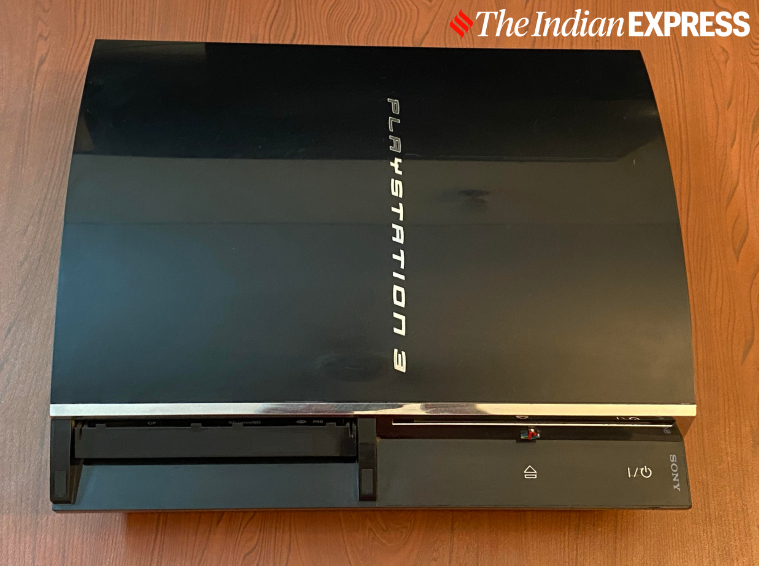 PlayStation 3. (Image credit: Anuj Bhatia/Indian Express)
PlayStation 3. (Image credit: Anuj Bhatia/Indian Express)
PlayStation 3 (2006)
By 2006, Sony had established itself as the king of the video game market. But then came the PlayStation 3, Sony’s most expensive game console to date. A PS3 with a 20GB hard drive retailed for $499, and the 60GB model was priced $599. That’s the equivalent of $1000 in today’s market value. The PS3 was expensive, but it was the first console to include a Blu-ray drive. It also introduced PlayStation Network which allowed users to connect to the internet and download games and watch Netflix and YouTube. Not to forget, the PS3 also introduced Sony’s PlayStation Plus subscription service. Though the PS3 was a technological powerhouse, it was deemed a failure initially. The PS3’s cell processor gave developers headaches, it lacked great games in the first few years, and the launch price was too high. But all that changed when the PS3 Slim was introduced. All that being said, the PS3 went on to sell over 88 million units worldwide. The PS3 will always be remembered for hit exclusives, franchises like Uncharted, God of War, LittleBigPlanet, and more.
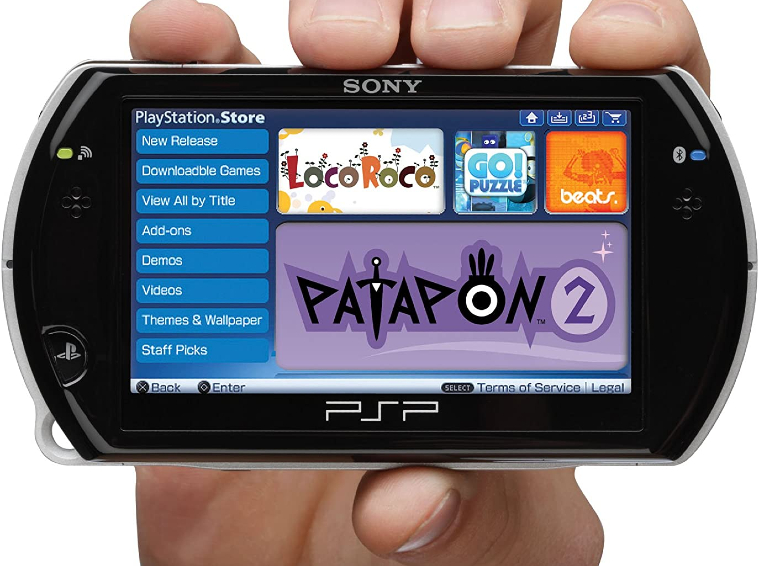 PSP Go. (Image credit: Amazon.uk)
PSP Go. (Image credit: Amazon.uk)
PSP Go (2009)
In 2009, Sony released the PlayStation Portable Go or PSP Go. It was about 16 per cent lighter and 35 per cent smaller than the PSP-3000 and had a 3.8-inch 480 x 272 LCD screen that could slide up and down to reveal the controls on the lower half. It also featured Bluetooth support. Perhaps the unique thing about the PSP Go was that it dumped the UMD format and instead had a 16 GB built-in memory. Even though Sony tried to fix past mistakes with the PSP Go, a lot of gamers objected to the decision of removing the UMD drive. In many ways, the PSP Go was a new form of PSP that was only compatible with digital games – no physical disk required. It’s a pity that the PSP Go was ignored by gamers. The PSP Go will always be considered a failure.
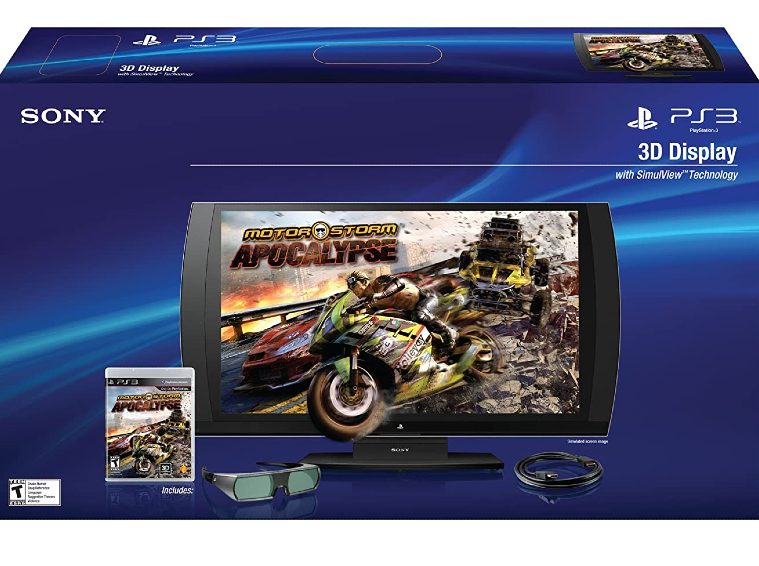 PlayStation 3D display. (Image credit: Amazon.com)
PlayStation 3D display. (Image credit: Amazon.com)
PlayStation 3D display (2011)
Not many people know that Sony launched a 24-inch PlayStation branded, stereoscopic 3D monitor in North America in 2011. It was the first PlayStation-branded HDTV for 3D gaming. The $499 TV could output two screen displays to two viewers, if they were wearing 3D glasses. A pair of 3D glasses were included in the box, along with an HDMI cable and a copy of Resistance 3. Even though the size of the screen was small, the PlayStation-branded TV was praised for its native 1080p display, a 240Hz refresh rate, and low input lag.
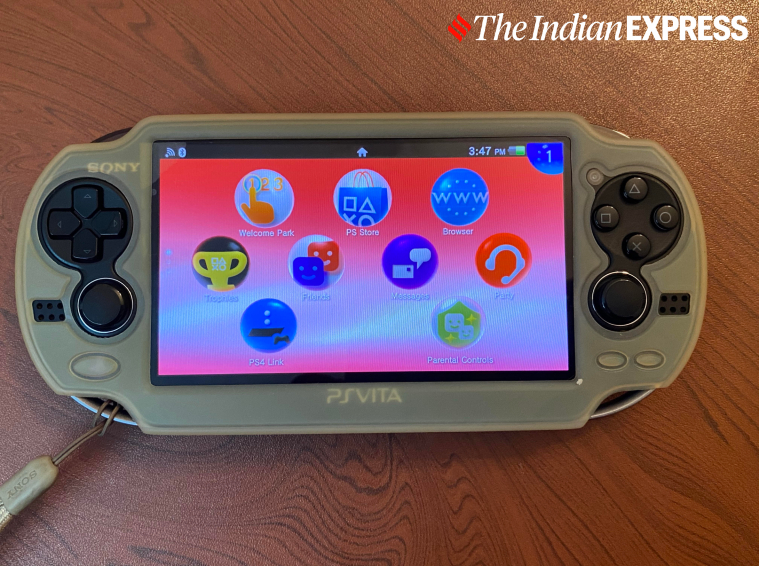 PlayStation Vita. (Image credit: Anuj Bhatia/Indian Express)
PlayStation Vita. (Image credit: Anuj Bhatia/Indian Express)
PlayStation Vita (2011)
That same year, Sony dropped a bomb by announcing the PlayStation Vita, the successor to the PlayStation Portable. The PS Vita first went on sale in Japan in 2011 and a year later in the US. It had a 5-inch 960 × 544 OLED panel, which was brighter and bigger than any phone of that time. It also had two analog sticks, four face buttons, a d-pad, and two shoulder buttons. The build of the Vita was also solid and it felt comfortable to hold. However, the Vita didn’t live up to its hype as Sony made little effort to push out the development of first-party games support. While the Vita had got a few AAA-titles initially, the console didn’t get many more exclusive titles and third-party software despite the potential the portable console had. Super expensive proprietary memory cards further made the console less appealing. Though production has stopped, you can play download Vita games from the PlayStation Store. If you are interested, Sony’s handheld will keep you occupied with hundreds of indie games, Vita exclusives, and classic role-playing games.
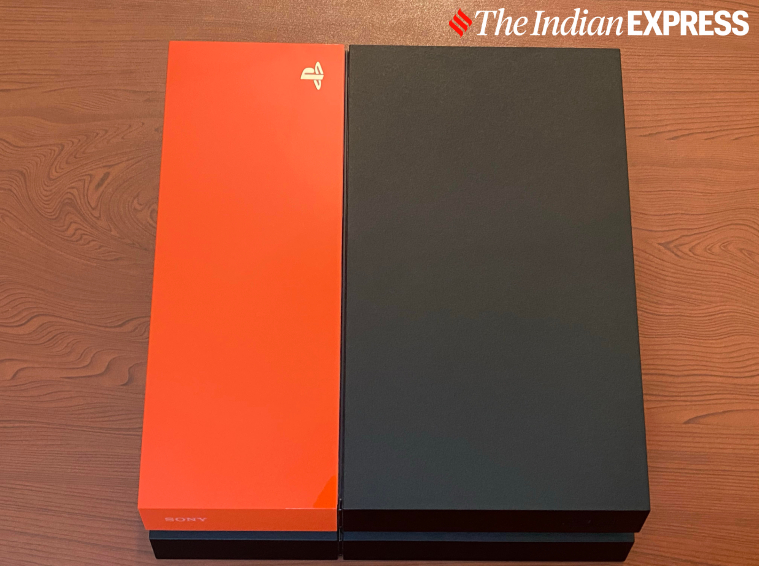 PlayStation 4. (Image credit: Anuj Bhatia/Indian Express)
PlayStation 4. (Image credit: Anuj Bhatia/Indian Express)
PlayStation 4 (2013)
The PlayStation 4, which will soon be succeeded by the PlayStation 5, is the most important console in the history of video games. Sony launched the PS4 in 2013 for a lower price of $399, and that has helped the console to take on Microsoft’s Xbox One. In a way, Sony has learned its lesson and avoided mistakes after launching PS3 in 2006 for a price of $599. Yes, the $399 price worked in its favour, but it also had the best games lineup, including exclusive games. Sony has sold over 110 million units and about 1 billion games for the PS4. The company released three major new versions of PS4 hardware since the console went on sale: the original model, a slim variant, and an upgraded “PS4 Pro” aimed at the pro gamers. Bloodborne, The Last of Us Part 2, God of War, Horizon Zero Dawn, among others are the best games every PS4 should try.
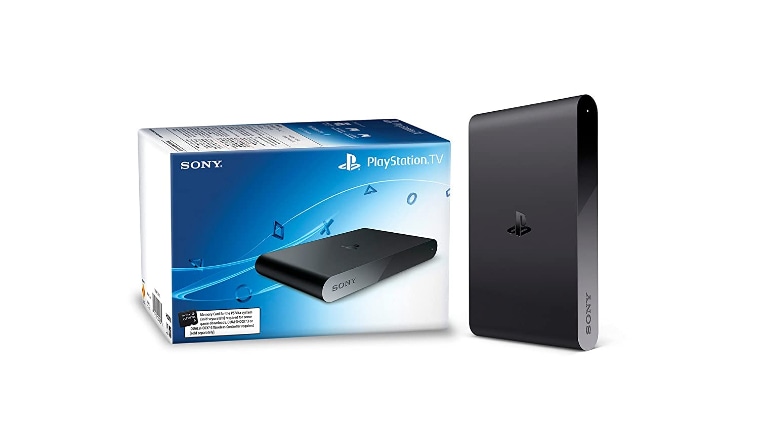 PlayStation TV. (Image credit: Amazon.com)
PlayStation TV. (Image credit: Amazon.com)
PlayStation TV (2013)
The PlayStation TV, a $100 set-top streaming box, was Sony’s attempt to take on Apple TV, Amazon Fire TV and Chromecast but failed to take off. The PlayStation TV was essentially a PlayStation Vita (minus the screen and controls) in the form of a set-top box. As advertised, users could play PlayStation Vita games on a TV using either a DualShock 3 or DualShock 4 controller. It also allowed for PlayStation 4 remote play as well as supported PlayStation Now’s subscription-based cloud streaming service. The main problem with PlayStation TV was that it came too early. At that time, there was no market for game streaming over the cloud and which is why the PlayStation TV flopped badly. Of course, the PlayStation TV wasn’t perfectly designed as it doesn’t support PS Vita games that use the touch screen, rear touchpad, or motion sensors.
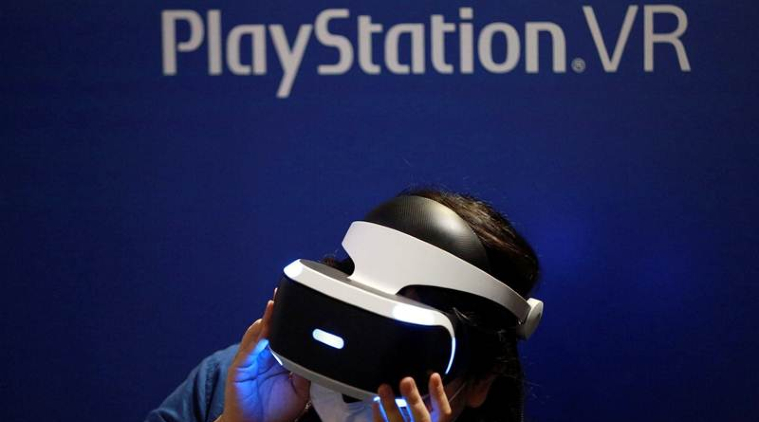 PlayStation VR. (Image credit: AP)
PlayStation VR. (Image credit: AP)
PlayStation VR (2015)
The PlayStation VR is the best-selling virtual reality headset in the world right now, and the biggest reason to get one for yourself is the PS4. The VR headset doesn’t need expensive PCs or smartphones to work. All you need is the PS4 and you are ready to play games in virtual reality. Users can use the existing PS4 DualShock controller or Sony’s Move motion controllers. The PlayStation VR includes a 5.7-inch OLED screen that displays full HD video, features 360 degrees tracking with a latency of less than 18ms, and supports 3D audio. Priced at $349, the PS VR is far cheaper than the Oculus Rift or the HTC Vive. As of now, Sony has sold 5 million units of PS VR to date.
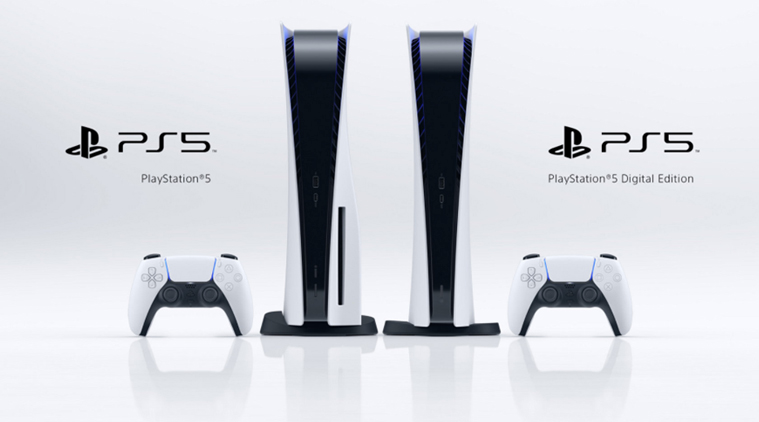 PlayStation 5. (Image credit: Sony)
PlayStation 5. (Image credit: Sony)
PlayStation 5 (2020)
Sony has already revealed the PlayStation 5 – but it is yet to announce the price or release date of the new console. The new console looks like a tall, tower with curvy edges and futuristic blue glow accents. The PS5 includes a white-and-black design and can be placed vertically or horizontally underneath a TV. Interestingly, it will be made available in two versions: one with a 4K Blu-ray drive and a pure Digital Edition. The console is powered by an eight-core AMD Zen 2 CPU and a custom AMD RDNA 2-based GPU. It will also have the fast SSD to improve to load times for games. The PS5 will also support 4K graphics at a 120Hz refresh rate, 8K graphics, and 3D audio. Sony has also promised the console will launch with a new set of accessories, including a charging dock for the controller, a media remote, and a Pulse 3D wireless headset. The PS5 will ship with a new DualSense controller. The next-generation console will include killer exclusives and first-party titles including Spider-Man Miles Morales, Horizon: Forbidden West, Gran Turismo 7, Resident Evil Village, Assassin’s Creed Valhalla, among others.
📣 The Indian Express is now on Telegram. Click here to join our channel (@indianexpress) and stay updated with the latest headlines
For all the latest Technology News, download Indian Express App.
© IE Online Media Services Pvt Ltd
[ad_2]
Source link